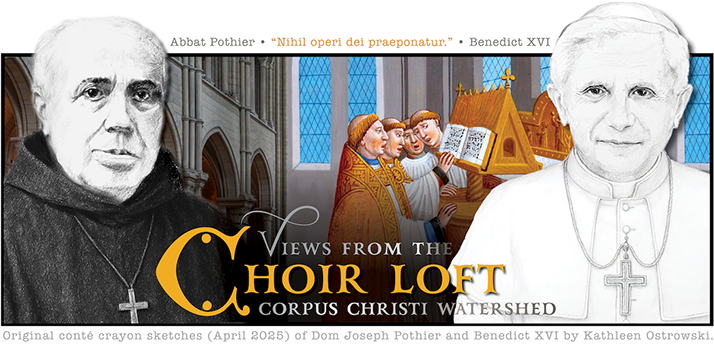 ANY AMERICANS seem incapable of listening. While you’re speaking, they’re already formulating what they’re going to say next. But every so often, we encounter a Life-saving Listener. You know what I mean: somebody who genuinely listens to what you’re saying. I can think of at least five people in my life who listen. One of them is my colleague, William Fritz … but there are others. One person I conversed with frequently—although I never met him—was DR. THEODORE MARIER. When I speak of “conversation,” I mean communication on an exceptionally deep level.
ANY AMERICANS seem incapable of listening. While you’re speaking, they’re already formulating what they’re going to say next. But every so often, we encounter a Life-saving Listener. You know what I mean: somebody who genuinely listens to what you’re saying. I can think of at least five people in my life who listen. One of them is my colleague, William Fritz … but there are others. One person I conversed with frequently—although I never met him—was DR. THEODORE MARIER. When I speak of “conversation,” I mean communication on an exceptionally deep level.
Speaking To Dead Composers? • How can I speak to someone who’s no longer living? Those who have read my articles (Talking To Dead Composers) understand what I mean. To make a long story short, certain musical problems can never be “correctly” solved. For instance, a Dominant Seventh can never be correctly resolved: either TI must “resolve” to SOL, or one must make do with an incomplete chord. Hundreds of other conundrums could be cited. When I was hired to work on the Brébeuf Catholic Hymnal, the team spent several years exhaustively analyzing the harmonizations of DR. THEODORE MARIER (d. 2001), EDWARD C. CURRIE (d. 1963), and DOM GREGORY MURRAY (d. 1992). Each of those men had a particular predilection for solving harmonic issues. Needless to say, there is no “correct” answer. So much depends upon the tessitura desired, the acoustic, the singers’ skill level, and a million other factors. On the other hand, I can tell almost instantly when I’m looking at a hymn harmonization composed by someone who’s never stood in front of a choir in real life. When I examine a harmonization by someone like Marier, I say to myself: “Oh, look what he does here! He’s striving to do XYZ…”
Marier’s Music In Singapore! • Someone sent me some iPhone clips of Dr. Marier’s music being sung in Singapore. You can hear [Clip 1 • Clip 2] they are singing the Brébeuf version, which is based upon the harmonization by Dr. Marier. The singers are getting ready to go sing inside their church. I assume they are practicing outside in an effort not to disturb people praying before Mass? In any event, I hope they are taking advantage of the rehearsal videos we created:
![]()
Accompanied Chant • It would be difficult to find someone who’s spent more time than I have studying Marier’s hymn harmonizations. On the other hand, I have only briefly looked at his Gregorian Chant harmonizations—but according to Mᵒ Richard J. Clark, they are excellent and supremely modal. I think Dr. Marier would be pleased with the efforts I am making to teach plainsong to my volunteer choir. I say this with confidence because Dr. Marier was a big fan of Flor Peeters, who composed the NOH accompaniments we use. Below is a live recording of last week’s INTROIT. It was far from perfect, but at least we have a start:
St. Paul’s Choir School • Dr. Marier had an advantage, since he was able to work with his singers on a daily basis at the Saint Paul Choir School in Cambridge, Massachusetts. We are trying as best we can, but we need to make more progress in terms of a “choral blend.” We are singing hymns from the Brébeuf Hymnal without accompaniment so the volunteer singers can hear one another. Again, more progress needs to be made, but we have a start:
![]()
Soprano Descants • It is entirely possible that some of our readers knew Dr. Theodore Marier when he was alive. I would be interested to know whether he employed Soprano Descants for the hymns. My volunteer choir loves descants. Last week we sang one—it occurs on the final verse:

Anniversary Of Death • A member of Dr. Marier’s family just sent me an email letting me know that tomorrow (!!!) is the anniversary of his passing into eternal life. The email informs me that he died on 24 February 2001. This year, as we have mentioned several times, the Sacred Music Symposium is being dedicated to the memory of Dr. Theodore Marier.
![]()

